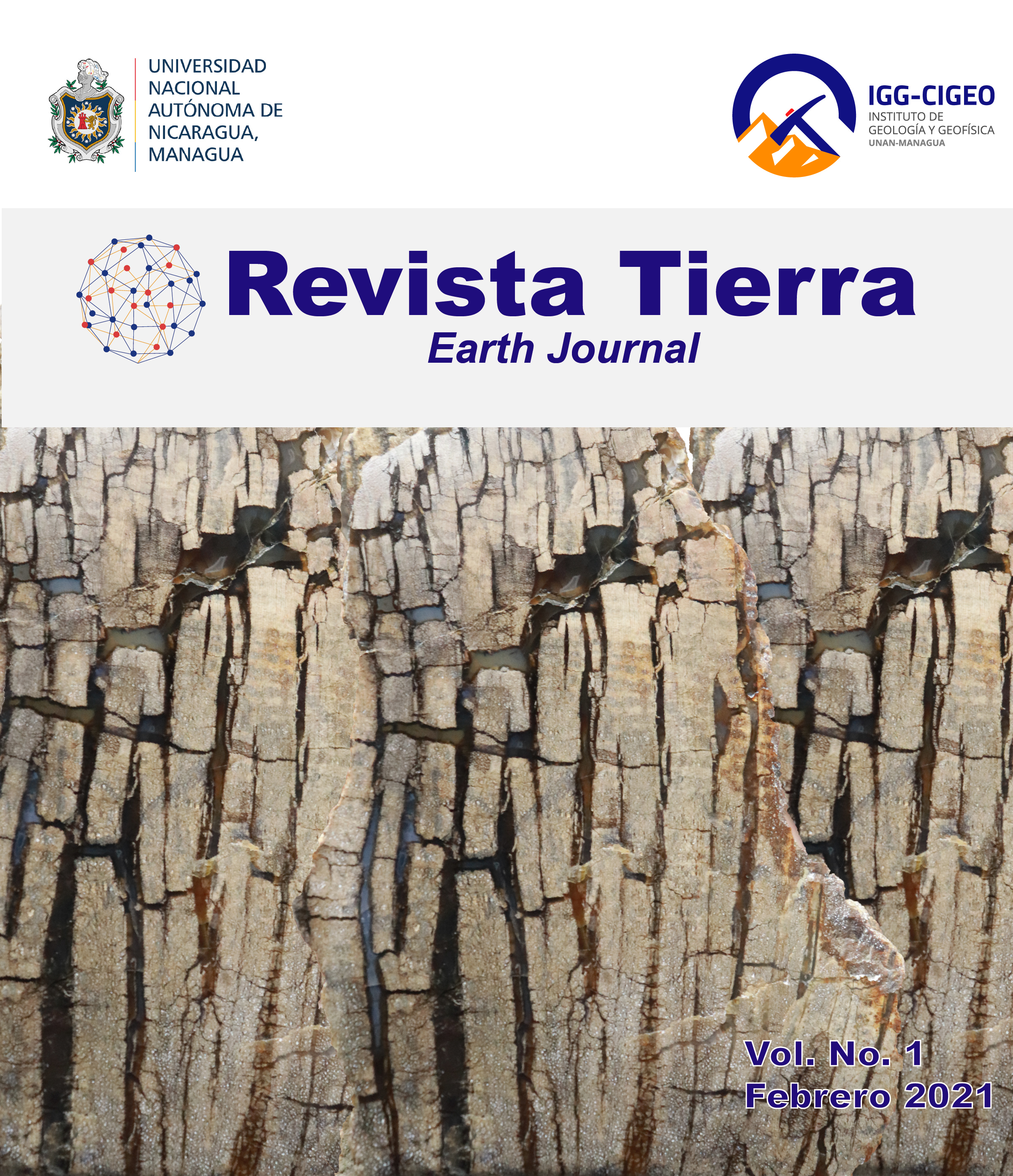Seismicity history of the Cayman Islands-Cabo Cruz segment (Cuba), in the framework of the North America-Caribbean plate boundary zone.
Keywords:
Cabo Cruz, Cuba, sismicidad histórica, terremotoAbstract
The maritime segment of Cabo Cruz, to the SW of Eastern Cuba, demonstrates
in ~526 years a strong seismic activity with the occurrence of the earthquakes
of: 1551 (M~6,6), 1852 (M~7,7), 1917(M7,4), 1990 (M5,9), 1992 (M6,8), 2007
(M6,2) and 28.01.2020 (M7,7). The seven earthquakes were perceptible and in no
case has generated tsunamis or death victims. In this tectonic environment is the
intersection (or knot) of the Oriente (W-E) and Cauto-Nipe (SW-NE) active faults,
where there is also a significant grouping of epicenters registered with the Cuban
network, since 1979. No seismotectonic relationship was found with the Northern
fault of Haiti which is the most active of the region.

